May 29, 2025
Maintenance Experts Bring Generating Unit Up to Peak Form
The nicknames are playful in this tight-knit crew, but the pressure is real. The clock is ticking.
This group is coordinating a thorough maintenance upgrade of Unit 1, and they have exactly 44 days to accomplish more than 3,500 tasks.
This is only Day 5, but the to-do list for just the next three days runs 17 pages.
And every item on that list must be completed safely and with precise attention to detail.
Across TVA this spring, crews have been working to ensure all facilities are in peak form for summer, when demand for power across the Valley region increases with hot weather.
Maintenance deep dives like this one are a cornerstone in those preparedness efforts.
“You don’t wait till the summer to make sure you’re ready for the summer,” Rodney Souder, operations manager at Shawnee, said.
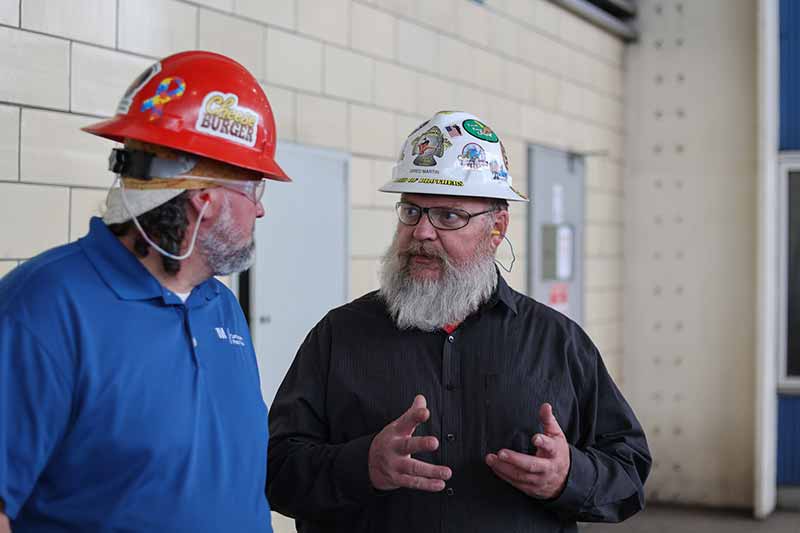
Outage manager Jared Martin, right, confers with project manager Randy Sanders – aka Cheeseburger – on the turbine floor at Shawnee Fossil Plant near Paducah, Kentucky.
TLC for Machinery
TVA carries out summer preparedness activities at all its generating units, but what’s happening at Shawnee Unit 1 is something special.
It’s a planned maintenance outage, scheduled far in advance.
After running reliably for three years, Unit 1 gets to come offline for a full 44 days of rest, with TLC for the machinery provided by an expert crew of engineers, boilermakers, electricians, machinists, pipefitters, instrument mechanics, carpenters, construction workers and laborers.
TVA schedules planned outages twice each year – spring and fall, the seasons when demand for electricity is lower. This spring, more than 30 generating units, including two at Shawnee, have been undergoing planned outages.
The length of these outages varies, depending on each unit’s maintenance needs.
But as with Shawnee Unit 1, the number of days is always set in advance. The schedule is always tight. And the to-do list is always long.
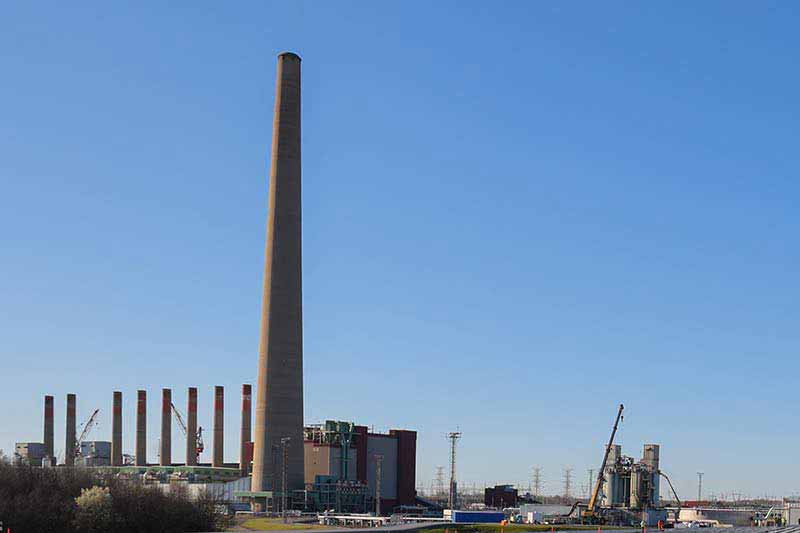
Shawnee’s nine units are capable of generating 1,071 megawatts – enough to power more than 600,000 homes.
Maximum Load
The nine active units at Shawnee are workhorses, capable of generating 1,071 megawatts – enough to power more than 600,000 homes.
Nearly 20 years ago, Unit 6 operated without stopping for 1,093 days, 11 hours and 24 minutes, setting the national continuous operation record for a coal-fired unit.
But as with all machinery, usage brings wear and tear, which can curtail the amount of megawatts a unit can produce.
While some tasks are performed at set intervals – much like routine maintenance on your car – outage crews also handle any backlog of items plant operators have flagged to boost reliability, efficiency and capacity heading into hot summers or frigid winters.
As a result, units generally return to service with at least 10% more generating capacity available, Souder said.
“We go after issues that we’ve had that limit us on load, so that we can get all we can when we come back.”

Unit 6 at Shawnee holds the national record for continuous operation of a coal-fired unit – a point of pride on Martin’s hardhat.
Brain Trust of Experts
The complexity of a planned outage at a coal unit is hard to wrap your head around. It takes 80 to 120 people working steadily six or seven days a week – sometimes around the clock – to accomplish everything that needs to be done.
At Shawnee Unit 1, outage manager Jared Martin runs the basement meeting every day at 1 p.m.
It’s a brain trust of maintenance and operations staff, engineers and supervisors representing the skilled craftspeople.
“I meet with them regularly to get their input because they’re the experts,” Martin said.
For Unit 1, their discussions cover the thrust bearing of the steam turbine rotor, the coal pulverizers in the basement, the system preheating hot exhaust for combustion – even the motors and pumps carrying cooling water from the Ohio River.
The maintenance will enable the unit to run at maximum capacity while also improving its efficiency, meaning that it can burn less fuel to generate each megawatt of power, Martin said.
Martin’s right-hand man is scheduler Colton West, who keeps the running log of what has been done, what still needs to be done, what order it needs to be done in, and how much time and staff needs to be allocated for each task.
For example, let’s say there are small sections of tubing in the boiler that have become thinned and need to be replaced, a repair known as a Dutchman. If there are 18 Dutchmen that need doing and each one has nine hours allocated for it, but some are completed in eight hours instead, the entire schedule must be updated.
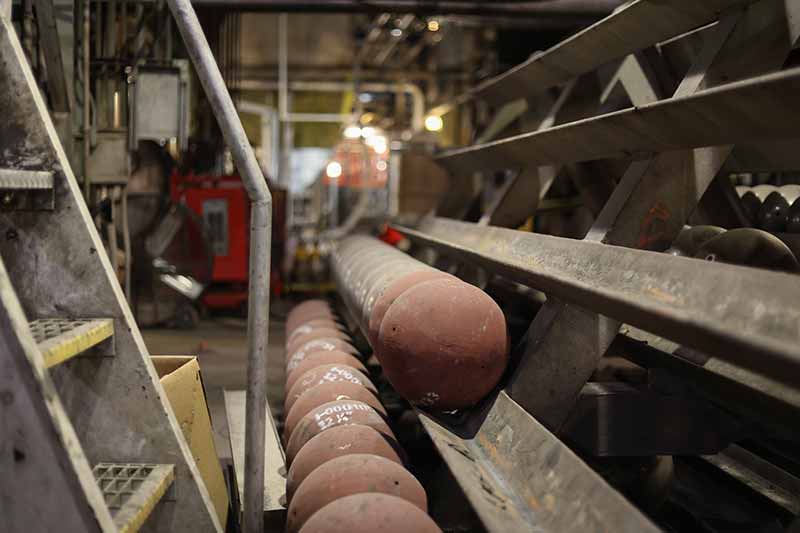
Spare balls used in coal pulverizers stand by in the Shawnee basement.
As the basement meeting winds down, Martin goes around the room, calling each person by name – or nickname – to ask whether they have anything else to report.
The meeting doesn’t adjourn until everyone has said their piece.
Later, project manager Randy Sanders said the daily meetings are essential for the team to keep the schedule current and share the wisdom and experience everyone brings into the room.
“There’s such a diverse background of experiences and folks working,” Sanders said. “It’s a collaboration to make sure that at the end of the day, TVA is getting the best product that we all can give them to run efficiently, produce power and accomplish TVA’s mission to support the people of the Valley.”
Photo Gallery
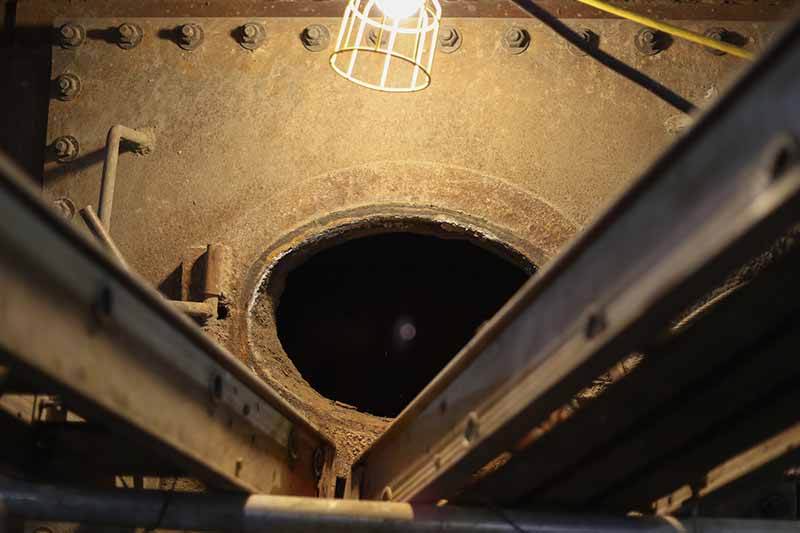
Crews open the bottom of the Unit 1 boiler for cleaning.
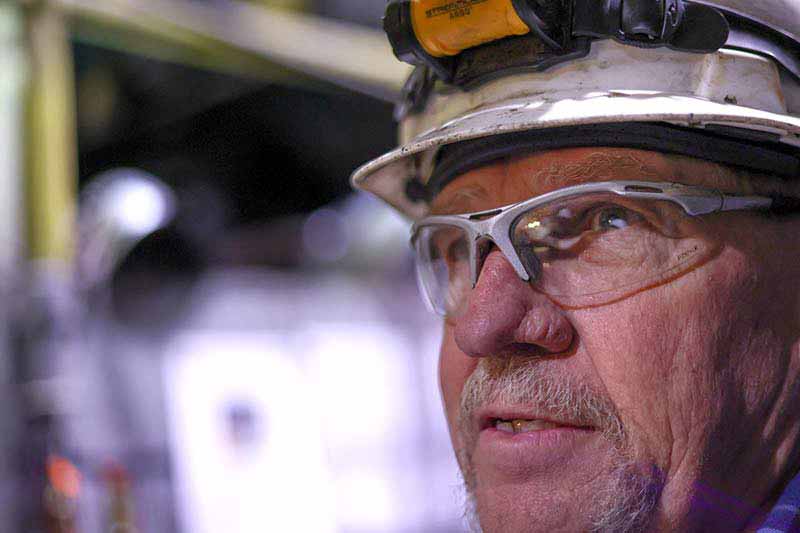
Longtime boiler engineer Dan Magee works on the air preheater system of Unit 1.
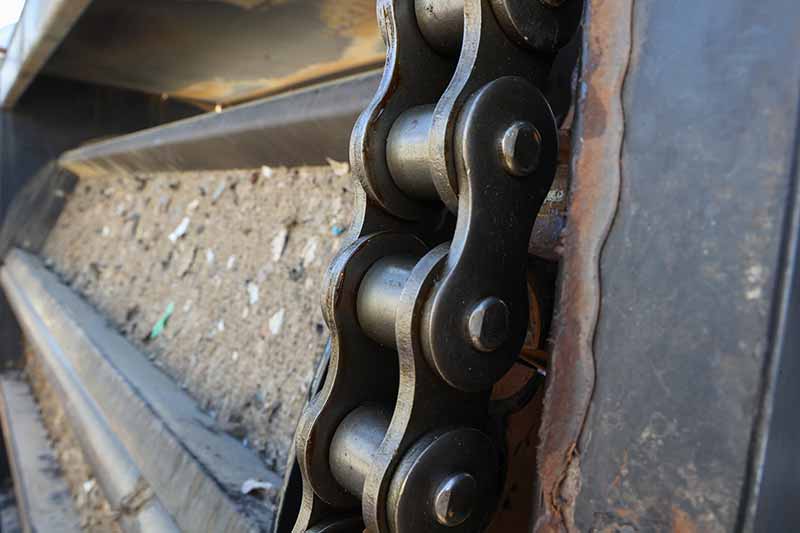
This rotating water screen helps collect debris from incoming Ohio River cooling water.

Martin near the cooling water intake channel, which is regularly dredged to ensure a good flow during hot weather.

